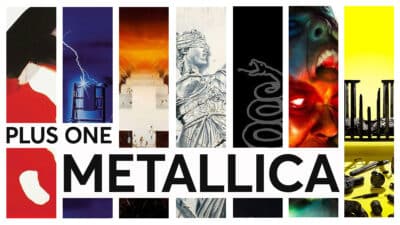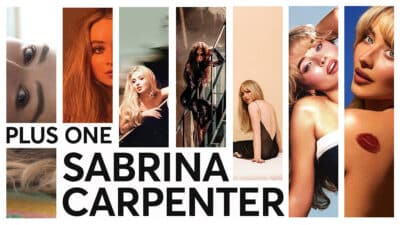Music

Looking Back
Madonna: The Queen Of Pop’s debut turns 40
Proof that in the arena of what constitutes modern pop music, there’s one female force that can never be reckoned with…
In hindsight, it’s the debut that doesn’t really feel like a debut.
Released in 1983, the story goes that Madonna’s first studio album was originally entitled Lucky Star, but was later renamed after the young, ambitious performer complained that the former title wasn’t “iconic enough”. It’s like Madonna Louise Ciccone already knew what Madonna would eventually become. Artist. Crosser of centuries. Trailblazer. Icon.
However, despite Madonna’s phenomenal success, it’s ironic that many, many people still don’t really give this astonishing piece of work its due. Superseded by the likes of Like A Virgin (1984) and True Blue (1986), which both spawned a plethora of chart-topping singles, this debut has been accused of sounding too disjointed, too disco (how can this be a bad thing) in comparison to its younger, more polished siblings.
But, the one thing that Madonna has that the other albums don’t is the plucky optimism of an artist that knows she’s about to go stratospheric. In fact, all 54 minutes and 14 seconds reverberate with the enviable self-belief and freshness of youth.
Primarily recorded at Sigma Sound Studios in New York City after being signed by Seymour Stein of Stein Records, Madonna battled with several producers before requesting that her debut be remixed by John ‘Jellybean’ Benitez, resident DJ at NYC’s famous Funhouse (who later went on to work with the likes of Whitney Houston and Cher). Unlike the record’s initial producers, Benitez listened to what the young star wanted and considered her suggestions in regards to arranging the songs. In some sense, perhaps it was this relationship that empowered the young Madonna to demand greater autonomy when it came to the recording process – something she has always been lauded for throughout her career. The final product isn’t perfect, nothing is, yet it’s Madonna’s slight imperfections (tracks like ‘I Know It’ seem unnecessarily overloaded with synths) which make it all the more charming, and well, timeless.
Opener ‘Lucky Star’ (while not sounding “iconic enough” to steer this ship’s course) is hands-down one of the most perfect pieces of pop to ever make it out of the 80s. The glittering intro. The slappy high guitar riff that upsells the funky bassline. Plus, let’s not forget the playful homage to playground rhymes: “star light, star bright, first star I see tonight”, sounding like a billboard premonition of how high this female supernova would rise.
This is followed closely by ‘Borderline’, another piece of dance-pop chicanery which has since become widely-recognised as Madonna’s “breakthrough” single. Heartfelt yet gloriously catchy, ‘Borderline’ also saw Madonna start to flex her creative muscle in terms of representation and inclusivity – the music video was the first in her canon to feature an on-screen interracial relationship, which was still seen as taboo in the early 80s. (Madonna has famously pushed political, sexual, and religious boundaries throughout her career while still being a fierce advocate for marginalised groups and the LGBTQ+ community).
Dance track ‘Burning Up’ with its thick bass, drum machine and new-wave influences isn’t one of the album’s strongest, yet it is one of Madonna’s first forays into songwriting. Debut single ‘Everybody’ (which was actually released in 1982, supported by a slew of live nightclub performances), the final track on Madonna, still sounds glorious. Cute yet cutting edge, it’s a call to the dancefloor at a time when dancefloors were changing tack in terms of tempo and genres, and it was this precocious and disarmingly self-assured Michigan-native leading the charge.
Madonna also features the anthemic ‘Holiday’, the track she famously performed at Live Aid and one of the first to dominate the radio waves when Madonna-mania started to reach its peak. Suddenly, young women and teenage girls the world over were swapping bell bottom jeans for capri pants, lace gloves and crimped hair. Bangles were stacked. Crucifixes were oversized. The cult of Madonna had well and truly arrived, and this was just the very start of it all…









